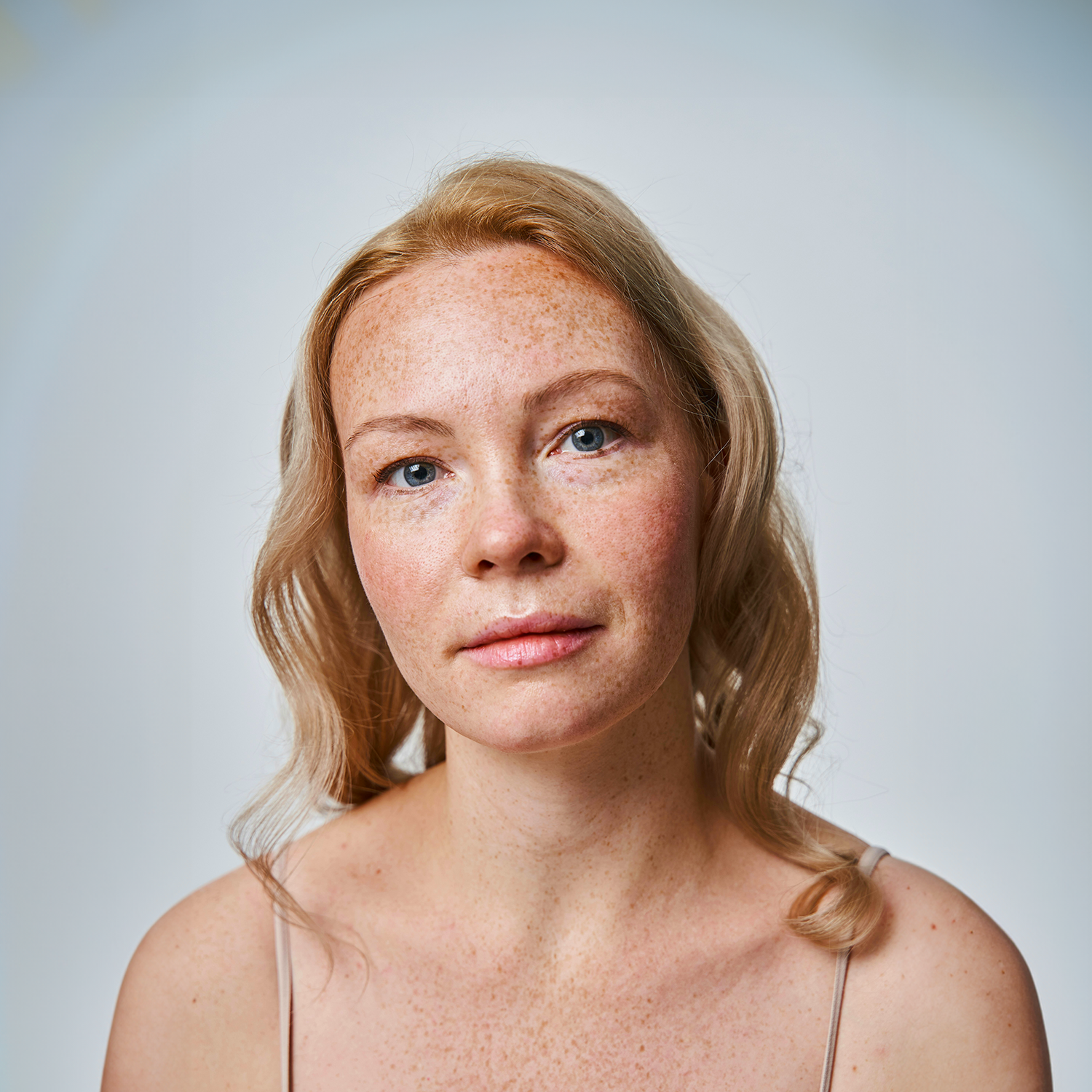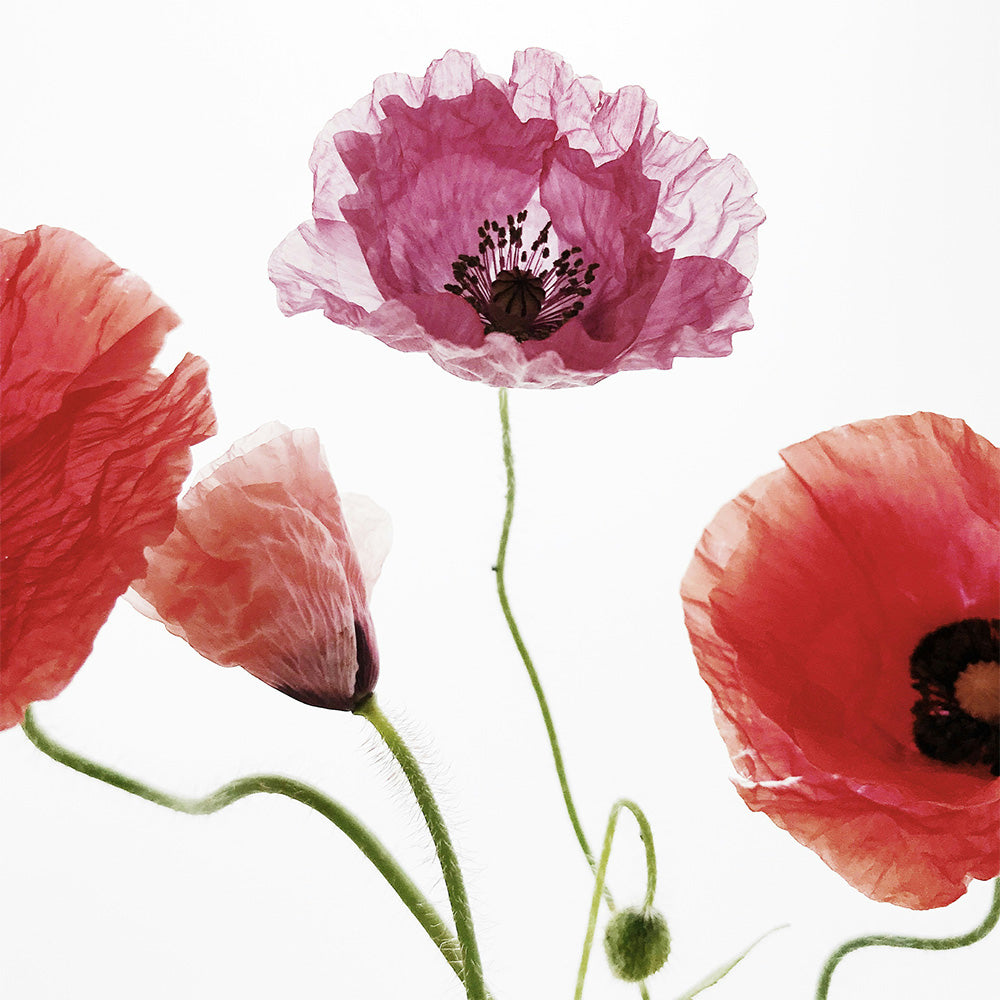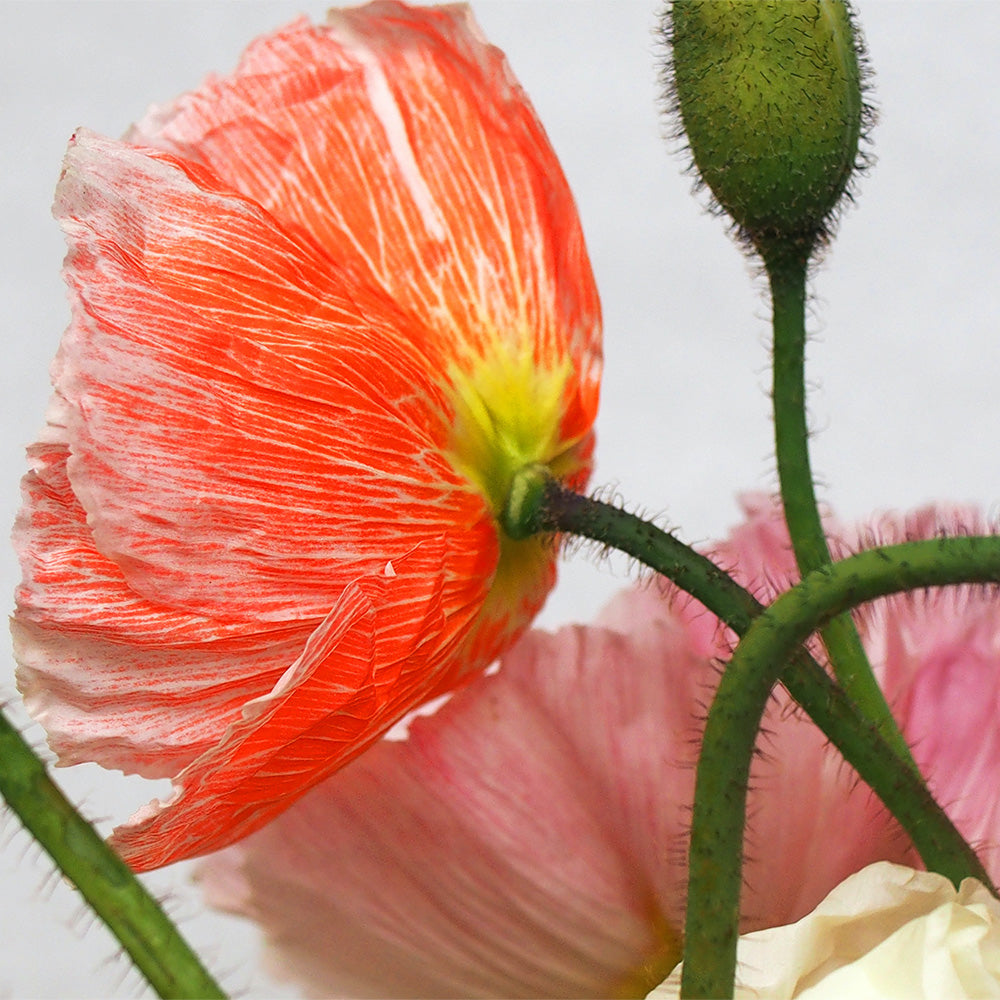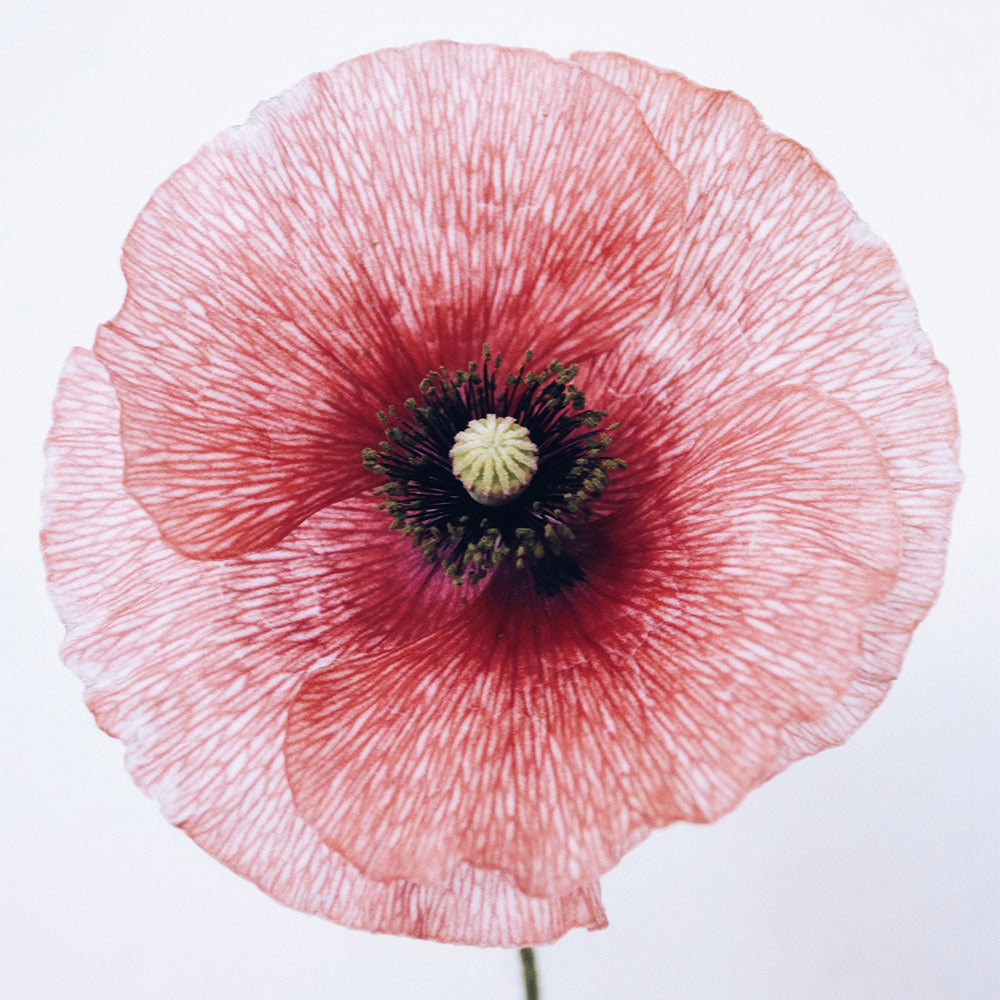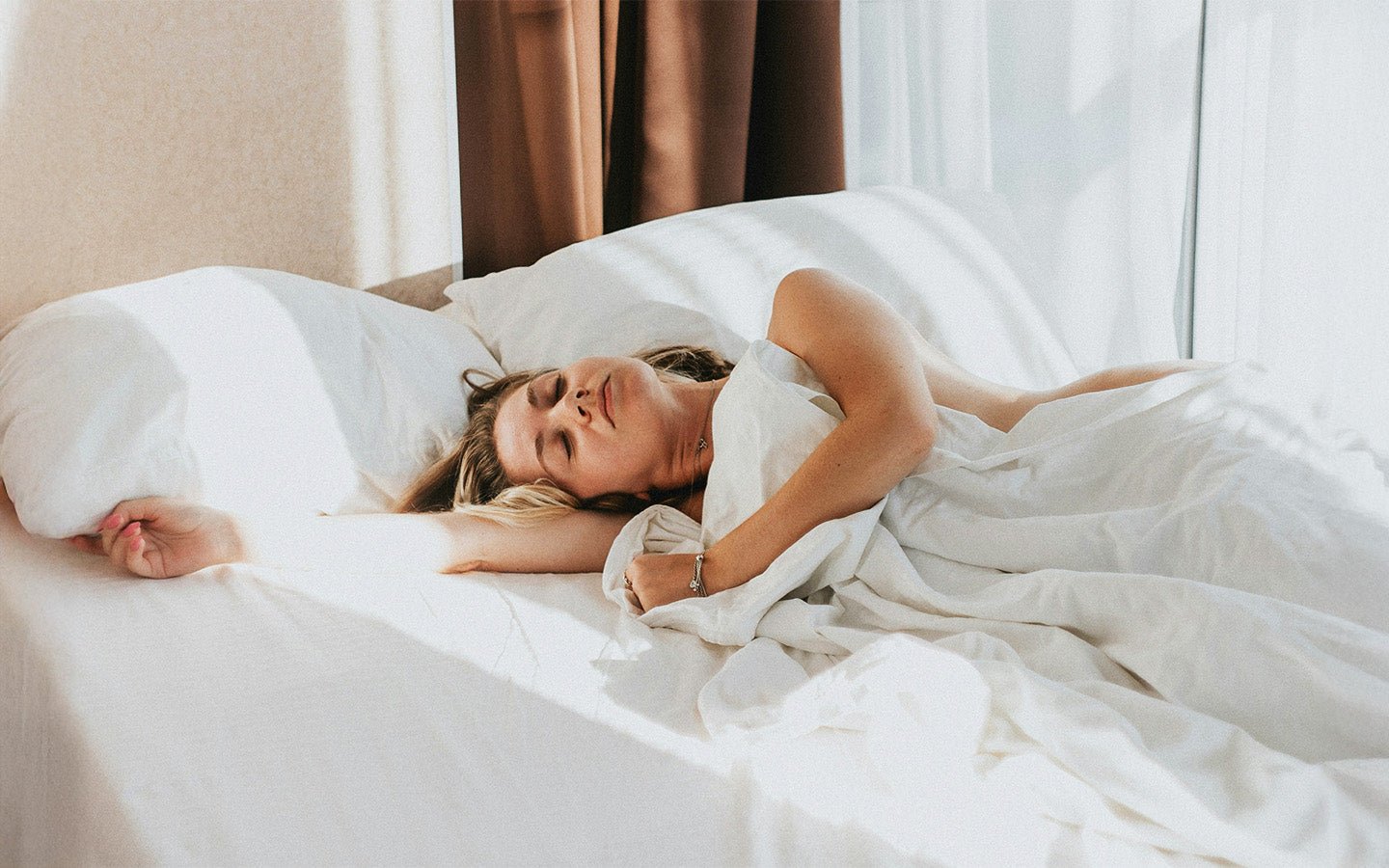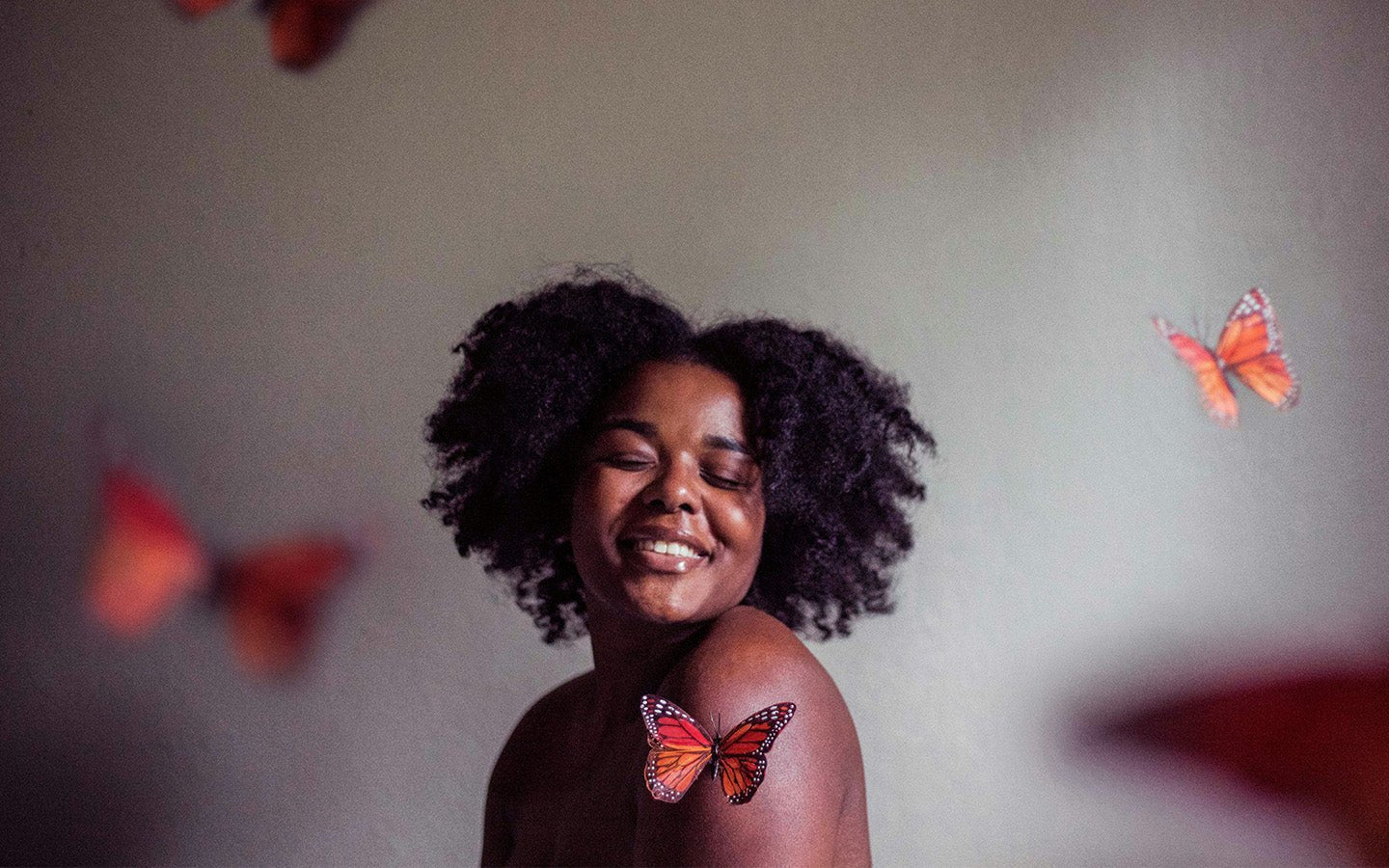
How to Dry Brush Your Skin: The Secret to Amazing Feeling Skin
Dry brushing is a technique that gently exfoliates your skin and supports your body's natural detoxification pathways, improves skin health, and feels amazing. All you need to dry brush at home is a brush with natural fiber bristles.
Key Highlights
- Dry brushing is a well-loved wellness habit that's good for your skin and makes you feel better overall.
- By doing it, you're giving your lymphatic system a nudge. This helps get rid of toxins and strengthens your immune defense.
- Brushing removes dead skin cells, making your skin smooth and soft to the touch.
- It also works wonders on shrinking pores and can make cellulite less noticeable.
- If you need a pick-me-up in the morning, dry brushing might just do the trick by giving you an energy boost.
- To really see benefits from dry brushing, picking out the right brush and learning how to use it properly are key steps.
Introduction
Dry brushing is a wellness trend that's been catching on for its awesome benefits. It's all about using a dry brush to gently scrub your skin in a certain way, usually before you hop into the shower.
This method does wonders for both your skin and how good you feel overall, making it the best way to exfoliate and rejuvenate your skin. an insider tip for top-notch skin.
A lot of folks are now adding dry brushing to their daily habits because it brings so many perks. From getting smoother skin to helping with lymphatic drainage, this simple act can really change how your skin looks and feels.
In this blog post, we're going deep into what makes dry brushing so special. We'll look at where it came from, why it works scientifically speaking, and give you the lowdown on doing it right yourself.
Plus, we'll tackle some usual worries people have and offer advice on picking the best brush depending on what kind of skin you've got.
For anyone wanting to up their skincare game and get that incredible feeling of great-looking skin every day - trying out dry brushing might just be what you need.
Understanding Dry Brushing and Its Popularity
In recent years, dry brushing has turned into a big thing in the wellness world.
A lot of folks have started doing it every day. It's pretty simple; you just take a dry brush and lightly scrub your skin with it. This helps get rid of dead skin cells, gets your blood moving better, and wakes up your lymphatic system.
People are really getting into dry brushing because they've heard about all the good things it can do for their skin and how great it can make them feel overall.
So let's jump right in and find out what makes dry brushing more than just another passing fad.
The history of dry brushing in wellness practices
Dry brushing has been around for a long time, going back to ancient Chinese medicinal and Ayurvedic traditions. Back then, it was seen as a method to wake up the lymphatic system and help get rid of toxins, aiming to boost health overall. With wellness trends gaining popularity these days, dry brushing is getting attention again for how it might be good for both skin and general well-being, making it a key component of both traditional Chinese medicine and Ayurveda practices.
The different approaches to dry brushing
In traditional Chinese medicine, dry brushing is often done using the dried fibers of a gourd called a silk squash or loofah. In Ayurveda, raw silk or linen gloves are traditionally used, though natural bristle brushes are the most common now.
Chinese medicine incorporates dry brushing with a loofah alone or with sesame oil. Ayurvedic dry brushing, called garshana, uses vigorous friction massage in specific directions - circular motions over joints and long strokes on the limbs towards the heart.
In Ayurveda, the frequency of dry brushing is recommended based on dosha (constitution) - daily for kapha, 4-5 times per week for pitta, and 2-4 times per week for vata. Chinese medicine doesn't specify frequency.
Both traditions tout benefits like exfoliation, detoxification, and improved circulation. Ayurveda also emphasizes garshana for reducing ama (toxins), cellulite, and supporting the lymphatic system. Chinese medicine associates it with stimulating specific meridians.
So, while dry brushing has a long history of use in both traditional Chinese medicine and Ayurveda, there are some differences in the specific tools, techniques and benefits emphasized in each tradition. But the core practice and purpose is quite similar between the two ancient medical systems.
Why dry brushing is more than just a trend
Dry brushing has become quite the thing lately, especially with all the buzz on TikTok.
But there's more to it than just being a cool trend.
By doing this, you're actually helping your lymphatic system out, which is super important for keeping your immune system strong and getting rid of unwanted stuff from your body.
On top of that, dry brushing makes your skin look and feel better by getting rid of dead skin cells.
So even though it might have popped up on your feed as part of the latest wellness craze, dry brushing really does offer some solid benefits for both how you look and how you feel.
The Science Behind Dry Brushing
Dry brushing gets a lot of good talk for what it might do for us, but let's look at the facts. There isn't much hard science focusing just on dry brushing, yet the ideas behind it are pretty solid.
By simply using a brush on your skin, you could help move lymph fluid around, which is great for getting rid of unwanted waste products and toxins in your body through a body-flushing detox.
On top of that, dry brushing takes away dead skin cells and helps new ones come to the surface. We definitely need more research to say anything for sure, but from what people have shared about their own experiences, there seem to be some real benefits to doing this.
How dry brushing benefits the lymphatic system
One of the big pluses of dry brushing is how it helps your lymphatic system, which plays a key role in your immune system. This part of your body moves lymph fluid around, getting rid of unwanted waste and bad stuff like toxins.
When you do dry brushing, it kicks the lymphatic system into gear, making sure that lymph fluid flows better and reducing inflammation. This process can help clean out your body naturally and boost how well your immune system works.
By making dry brushing a regular habit, you're doing a solid for your lymphatic health and helping keep everything running smoothly when it comes to getting rid of waste and keeping up good health overall.
The connection between dry brushing and skin renewal
Dry brushing does a lot more than just help with the lymphatic system. When you brush your skin without any moisture, one big thing you'll notice is how it gets rid of dead skin cells through the exfoliation process.
This means by simply using a brush on your dry skin, you're taking off the old, dead layer and letting new, soft skin show up. It's like giving your skin a chance to start fresh because this whole process helps new and healthy cells grow back better than before.
If you make dry brushing part of what you do regularly for your skincare routine, not only will it keep helping in getting those dead skins off but also leave your complexion looking bright and feeling smooth as ever.
Additionally, the exfoliation process of dry brushing can also detoxify the skin by increasing blood circulation and promoting lymph flow/drainage, making it an essential step in achieving amazing feeling skin.
Choosing the Right Brush
When you're getting into dry brushing, picking the right brush really matters if you want to do it well. You'll find a bunch of different brushes out there, each made with certain skin types and likes in mind.
Brushes for your body usually have stiff bristles that are great at scrubbing away dead skin cells. Think about what kind of skin you have and how sensitive it is before choosing your brush.
If your skin gets irritated easily, a softer-bristled brush might be better for you. Also, how long the handle is can make a big difference in reaching all over without any hassle.
Keep these things in mind to choose the best brush that fits what you need.
Types of brushes and their uses
When it comes to dry brushes, there are various options to choose from. Here are some types of brushes and their uses:
- Body brush with natural bristles: This type of brush is ideal for exfoliating the skin and stimulating lymphatic drainage.
- Soft-bristle body brush: If you have sensitive skin, a brush with softer bristles can provide a gentler exfoliation.
- Long-handled body brush: A brush with a long handle allows you to easily reach all areas of your body, including the back and feet.
- Face brush: For delicate facial skin, a smaller brush with softer bristles is recommended.
- Dry brush with massage nodes: Some brushes come with massage nodes or bumps, which can provide additional stimulation and relaxation during the dry brushing process.
Remember to choose a brush that suits your skin type and preferences to ensure a comfortable and effective dry brushing experience.
Dry brush cheat sheet:
| Types of brushes | Uses |
|---|---|
| Body brush with natural bristles | Exfoliating the skin and stimulating lymphatic drainage |
| Soft-bristle body brush | Gentle exfoliation for sensitive skin |
| Long-handled body brush | Reach all areas of the body, including the back and feet |
| Face brush | Delicate exfoliation for facial skin |
| Dry brush with massage nodes | Additional stimulation and relaxation during dry brushing |
By selecting a brush that suits your skin type, you can ensure a comfortable and effective dry brushing experience.
Mastering the Technique of Dry Brushing
To get the best out of dry brushing, knowing how to do it right is key. Here's a simple guide on how to nail the technique:
- With your feet as the starting point, brush upwards towards your heart with smooth and long strokes.
- When working on your limbs, opt for gentle yet firm short strokes or go in circles.
- Move in a clockwise pattern while brushing around your stomach area.
- Remember not to push too hard; be extra careful over parts that are more sensitive.
- Spending just a few minutes daily on this routine can really make a difference.
Stick to these steps for an effective and pleasant experience with dry brushing.
Step-by-step guide to dry brushing
To help you get started with dry brushing, here is a step-by-step guide:
- Begin with dry skin: Dry brushing is most effective on dry skin, so make sure your skin is completely dry before you start.
- Choose the right brush: Select a brush that suits your skin type and preferences.
- Start with your hands and arms: Starting from the hands and brushing upward and inward toward the heart.
- Brush your feet and legs: Begin brushing at your feet and brush upward toward the heart using long, fluid strokes.
- Brush your stomach: Use circular motions to brush your stomach in a clockwise direction.
- Focus on your back: If your brush has a long handle, use it to reach your back and brush in upward strokes.
- Finish with your face: If you have a separate brush for your face, gently brush your facial skin using soft strokes.
- Shower after dry brushing: Rinse off any dead skin cells and residue in the shower after dry brushing.
- Moisturize: Apply a moisturizer or body oil to replenish moisture and keep your skin hydrated.

| Step | Dry Brushing Technique |
|---|---|
| 1 | Begin with dry skin |
| 2 | Choose the right brush |
| 3 | Start with your hands and brush upward toward the heart |
| 4 | Brush your feet & legs, focusing on long, fluid strokes |
| 5 | Use circular motions to brush your stomach |
| 6 | Reach your back with a long-handled brush and brush in upward strokes |
| 7 | Gently brush your face with a separate brush |
| 8 | Shower after dry brushing to rinse off dead skin cells |
| 9 | Apply moisturizer or body oil to hydrate the skin |
Best times to dry brush for optimal results
You can dry brush anytime, but some moments might be better for you.
A lot of folks like to do it in the morning because it wakes them up and gets their energy going by stimulating the lymphatic system. This makes them feel good throughout the day.
On the other hand, brushing before bed can calm some people down and help with lymphatic drainage while they sleep.
In reality, when to dry brush is all about what fits your life best. Try doing it at different times to see what feels right for you.
Addressing Common Concerns
Dry brushing has its perks, but it's also got some downsides we need to talk about.
For those with sensitive skin, be extra careful because it might not sit well with your skin and could lead to irritation, especially for those with conditions like eczema or psoriasis.
If you start seeing redness or feeling any kind of discomfort or irritation, maybe try changing how you do it or just stop altogether. And for folks dealing with certain skin issues like eczema or psoriasis, or if you've got open wounds, dry brushing is a no-go area.
It's always smart to have a chat with a dermatologist or licensed health professional before diving into dry brushing just to make sure it’s right for your skin type and won't cause any unwanted effects.
Managing sensitive skin and avoiding irritation
Dry brushing can help everyone's skin, but if you have sensitive skin, you need to be extra careful.
With sensitive skin being more likely to get irritated and inflamed, it's really important to pick a brush that has soft bristles and when you're brushing, do it gently.
Also, try not to brush over any cuts or places where your skin might be having issues like eczema or moles.
Pay attention to how your skin feels while dry brushing; if it starts feeling bad or shows signs of redness or itching, stop right away.
Debunking myths about dry brushing and cellulite
A lot of people think that brushing your skin when it's dry can help get rid of cellulite, but there's no real proof to back this up.
While doing this might make your skin look a bit better by getting the blood moving, it won't actually take away cellulite for good.
However, it is important to note that there is no scientific evidence to support the claim that dry brushing can reduce cellulite.
According to the Cleveland Clinic, any temporary improvement in the appearance of cellulite is due to increased blood circulation, not a permanent reduction in cellulite.
Enhancing Your Dry Brushing Experience
To make dry brushing even better, you can use essential oils and lotions. Oils like lavender or rosemary add extra goodness to your skin.
Just put a few drops of the oil you like on the brush's bristles before starting. This makes it smell nice and also feeds your skin while calming you down.
After brushing, don't forget to moisturize to keep your skin hydrated. A natural lotion or moisturizer will help fill up moisture in your skin, making it soft and smooth.
For an enhanced dry brushing experience, try incorporating skin brushing into your pre-shower routine. This will help open up your pores and allow the oil to deeply penetrate your skin for maximum benefits.
Aftercare: Moisturizing and hydrating your skin
After you're done with dry brushing, it's really important to take good care of your skin by keeping it moisturized and hydrated. When you do dry brushing, you get rid of dead skin cells and show off the new skin underneath. Right after that is the best time to put on some nourishing lotion or moisturizer to give back moisture and hydration to your skin, especially if you have any skin conditions that require medical treatment. Try using products that have natural ingredients and avoid harsh chemicals. Slather on the moisturizer all over yourself, but pay extra attention to spots that might get dry easily. Doing this will help keep moisture sealed in and make your skin feel super soft and full of water again. Including this step in your routine when you brush away dead skin can really up the game for how nice your skin feels.
Measuring the Impact of Dry Brushing
When you're kicking off a new skincare routine, keeping your hopes realistic is key, especially when it comes to understanding what dry brushing can do for you. A lot of folks have good things to say about dry brushing because it's known for boosting blood flow, getting rid of dead skin cells, and helping with lymphatic drainage.
But remember, how well it works can really depend on the person. Some might see their skin get smoother or look better right away while others could find these changes happening more slowly over time.
Sticking with dry brushing regularly is crucial if you want to see results.
What's next?
Dry brushing isn't just a passing fad; it's actually a great way to take care of your skin and help out your lymphatic system.
By making this method part of what you do every day, using the right kind of brush, you're not only helping your skin get rid of dead cells but also improving blood flow.
To make things even better, think about adding essential oils and don’t forget to moisturize after you’re done. It’s important to keep in mind that being regular with it and keeping expectations real is how you’ll start noticing changes.
If dry brushing sounds like something you’d want to try, we’ve got an easy guide for beginners especially if dealing with sensitive skin worries you.
Taking time for yourself by incorporating dry brushing into your skincare routine can really change up how radiant and fresh your skin looks.
Frequently Asked Questions
How often should I dry brush?
Dry brushing is something you can do every day or just a few times each week, based on how sensitive your skin is and what it can handle. To get the best results, begin with soft strokes and slowly add more pressure and do it more often as your skin gets used to it. It's crucial to pay attention to what your body tells you so that you don't scrub too hard or annoy your skin, especially if you have sensitive skin or any previous issues with your skin conditions.
Can dry brushing help with weight loss?
Dry brushing is talked about a lot because people say it helps with lymphatic drainage and boosts circulation. However, when it comes to losing weight directly from dry brushing, there's no scientific proof backing that up. Think of dry brushing as an extra thing you can do alongside eating right and staying active for your overall wellness.
